Breaking news – being an artist is hard.
We’re generally broke, and when we do come by a little money, we usually spend it on stuff to make more art, which perplexes the normal people around us.
And making art means being immersed in the reality of the human experience, which – spoiler alert – sort of sucks these days.
That’s why this particular group of artists gets together every two years to travel to an imaginary land – one in which all the nations of the earth meet in a place of hallucinatory beauty and grandeur to make and experience art, art, and more art.
We mean Venice of course. We went in May, and it was a salve for the soul, as usual. We couldn’t see everything that we wanted to see, as usual. We allowed ourselves to harbor a tiny dream of going back to see more in the fall after the crowds were gone, as usual. There is no way we are going to be able to make that plan work, as usual. [SOUND EFFECT: deep resigned sigh.]
So we’re going to have to make do with our memories. Here are some new WHAT WE LIKED posts, and links to some of the older ones.
Enjoy the read, keep working, and send us plans for art trips we can do together to warm our collective souls.
by Coral Woodbury, for The Biennial Project
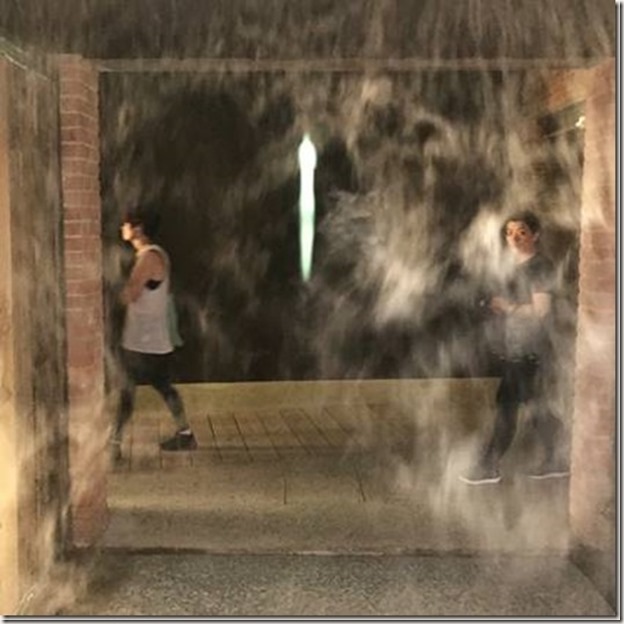
“When you reach the end of what you should know, you will be at the beginning of what you should sense.” Kahlil Gibran
“When the body functions spontaneously, that is called instinct. When the soul functions spontaneously, that is called intuition.” Shree Rajneesh
Peter Greenaway's installation at Palazzo Fortuny during the 1993 Venice Biennale left such an impression on me that the one thing I knew heading to Venice was that I would return to the Palazzo. Even in Venice this is a unique space, embodying faded and decaying grandeur while preserving the home and collections of Mariano Fortuny, an early twentieth-century stage, fashion, and lighting designer. So the house is a stage set of sorts, and one an artist like Greenaway knew how to animate eerily.
As it turned out, I was in time for the sixth and last collaboration of Axel Vervoordt, Belgian antiquarian, art dealer, interior designer and curator, and Daniela Ferretti, Director of Palazzo Fortuny. Intuition was absolutely worth the 25 year wait. READ MORE
The Irish Pavilion
by Anne Murray, for The Biennial Project
“My broken bones shall be a weapon, chaos is the bread I eat!”
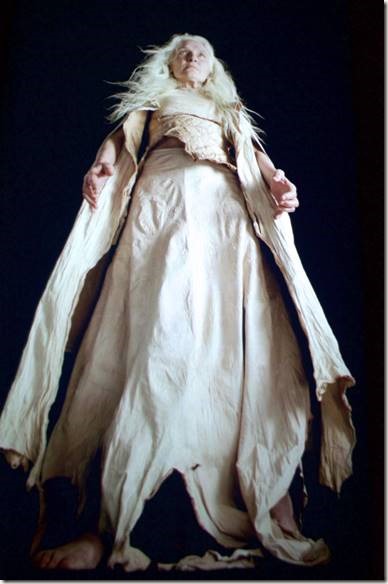
photo of Jesse Jones’ installation by Anne Murray
With an impressive sense of dignity, profound understanding of the human condition, and in full knowledge of the challenge that women face in a rapidly morphing set of boundaries created through elusive and divisive judiciary systems in Ireland and abroad, Jesse Jones has created a meta world which challenges the legal system, where what we think and see implores us to react and evolve or suffer the vile subsistence living that will ensue in the storm of chaos unleashed in the form of women forced to take justice into their own hands.
Tremble, Tremble, curated by Tessa Giblin, is more than a pavilion, it is a space between, a space possessed by magic and where fears take shape in an unearthly form, as a human buried under the bog, preserved in flesh, but morphed, shape shifted into something beyond comprehension.
Here, women have an enormous tempest of power controlled only by the force of the black hole of the body of Olwen Fouéré, as a photon encircling and drawn into it only when encountered by the the Higgs boson particle, a weight that gives our thoughts as light mass, and thus, slows us down; we are trapped in this hole with her, as if time would stop or else become eternal, both one in the same. READ MORE
The Mongolian Pavilion
by Victor Salvo for The Biennial Project
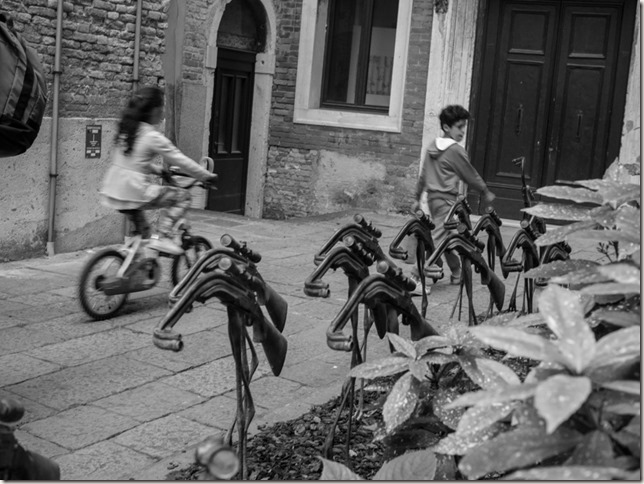
photo by Victor Salvo
Lost in Tngri
Fire. The Sun is Heaven sent. The Sunfire makes the pastures grow the pasture grass. The sun droughts up the land or runs away for too long. Cattle sheep ram lamb burn to black. Fire lovemaking sperm seek along the skulls.
Fire droughts up the land. Circling us. Cooking us. Sits down on a lone fire red fish still alive, Sun, still swimming above the scorched economic lines.
Fire. Fire your weapon straight and true. The scope tells you where to aim. Fire molds the bronze. Fire curves the barrel. Water remembers and walks the rifle after rifle, a flock of the ungainly.
Water flows in a ribbon, flows the trees, rivers come from Tngri, the gods, down from the sky, up to the sky.
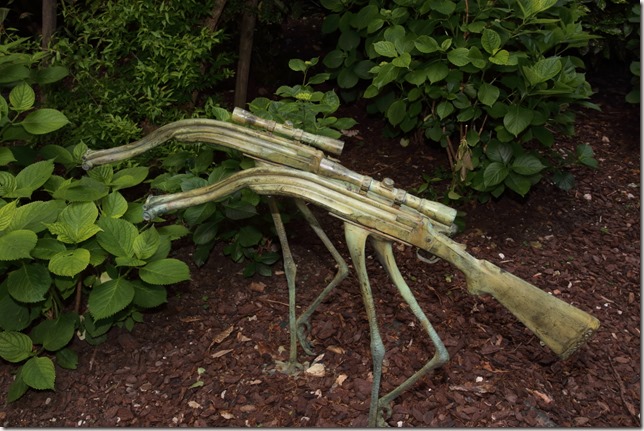
photo by Paul K. Weiner
NOTES FROM VENICE
by Charlene Liska, originally published in the North End Waterfront


In this era of biennials, The Venice Biennale, the vast international art festival begun in 1895, is the grandmother of them all. While Venice is revered for it’s great Renaissance and earlier art, the Biennale has always managed to feature avant-garde and contemporary art, and somehow the contrast enlivens both worlds.
I attended the first week of the Venice Biennale with an East Boston-based arts organization, “The Biennial Project” which began about 10 years ago as a send-up of the many pretensions of the art world and has since grown into a world-wide network of people who care a lot about art and not at all about the pretensions. The BP stages its own counter-biennials, including one in Marfa, Texas and four Boston Biennials that have been held here locally, last in 2016. These people are the most serious fun around!
This year, in addition to attending the official Biennale, the Boston-based organization held its own parallel Venice event that featured several hundred artists from across the globe. Participating artists included German-born painter-sculptor Artemis Herber, Florida-based photographer Barbara Revelle, videographer Tom Corby from London, and Zsolt Asztalos, who represented Hungary in the official 2013 Biennale but who chose this year to appear in the Boston organization’s parallel event instead. Poetry, in English and Italian, was recited, locals and visitors confabbed, words and prosecco flowed liberally. One couldn’t really say it was a bit of Boston in Venice; it was more like a bit of the world, that had come together under prompting from Boston on a dark night in a Venice neighborhood to talk, and drink, and talk some more about art, because they admired the weird and interesting spirit of the Biennale and the art works that were on display.
[EDITOR’S NOTE: CLICK HERE to see the galleries of beautiful work exhibited in ArtVenice Biennial IV.]
And there were some stunning pieces in the Venice Biennale, not least, the small old wooden country house with holes in its roof that was imported in its entirety from the Republic of Georgia, down through which the artist, Chachkhiani, caused artificial rain to pour unceasingly, covering everything inside with dripping water; it captured everyone’s worst fear about waking up in the middle of the night to hear water dripping, and finding that somehow a hole has opened up in the roof — in this case many holes! — and the rain is starting to come in. And in the Italian pavilion, Il Mondo Magico, an exhibit which showed an assembly line in which simulated dried and mummified life-sized corpses of Christ were manufactured from plastic materials and then were heated in ovens and allowed to molder, and then, once finished, were broken into large pieces and displayed, in more or less random order, on a dark wall. It was about imitation versus reality, yes, and the almost unbelievable power of technology, but also about magic, and how and why people hope, and the power of belief. Of course, there were more conventional pieces too, in their hundreds; but this gives you an idea.
About timing, for anyone who might be thinking of attending — and it’s well worth going to see! — it makes a Venice trip even more dramatic than it would otherwise be. Either go early, as I did this year, in May, for the excitement of the crowds and the fun of getting there first, or otherwise consider waiting till late in the year — say, October month — which can be exquisite too, since the fact that there are no crowds then means you can actually see and enjoy and understand things in your own good time.
And full marks to “The Biennial Project”: they’re projecting Boston onto the global arts scene in a singular way, and they do it basically because, being artists themselves, they can’t help it. These people are living to make, and view, and talk about art. Interesting way to live.
The Taiwanese Pavilion
by Barbara Jo Revelle, for The Biennial Project
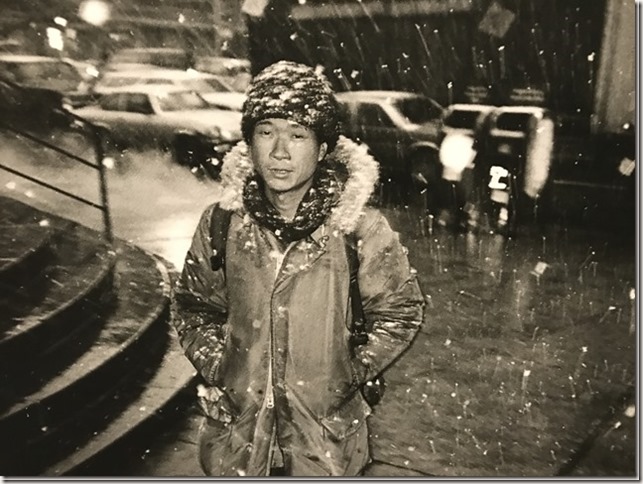
Ok, I’ll admit this up front. I’m wildly attracted to durational performance art. I do it myself sometimes. Not so long ago, as part of an art installation scrutinizing my father’s big game hunting practice, I walked continuously - eight hours a day, seven days a week, for two weeks - on a treadmill set up in a gallery. I stopped only to take pees. While I moved I edited 100+ hours of my father’s old hunting films and videos - mostly shots of him watching game from blinds, hanging cut up animal parts baits in trees, or posing with dead animals and the African natives who helped him track and kill them. This footage was projected onto the gallery walls in front of me as I walked and worked. READ MORE
READ MORE OF WHAT WE LIKED IN VENICE
XXOO,
The Biennial Project